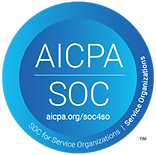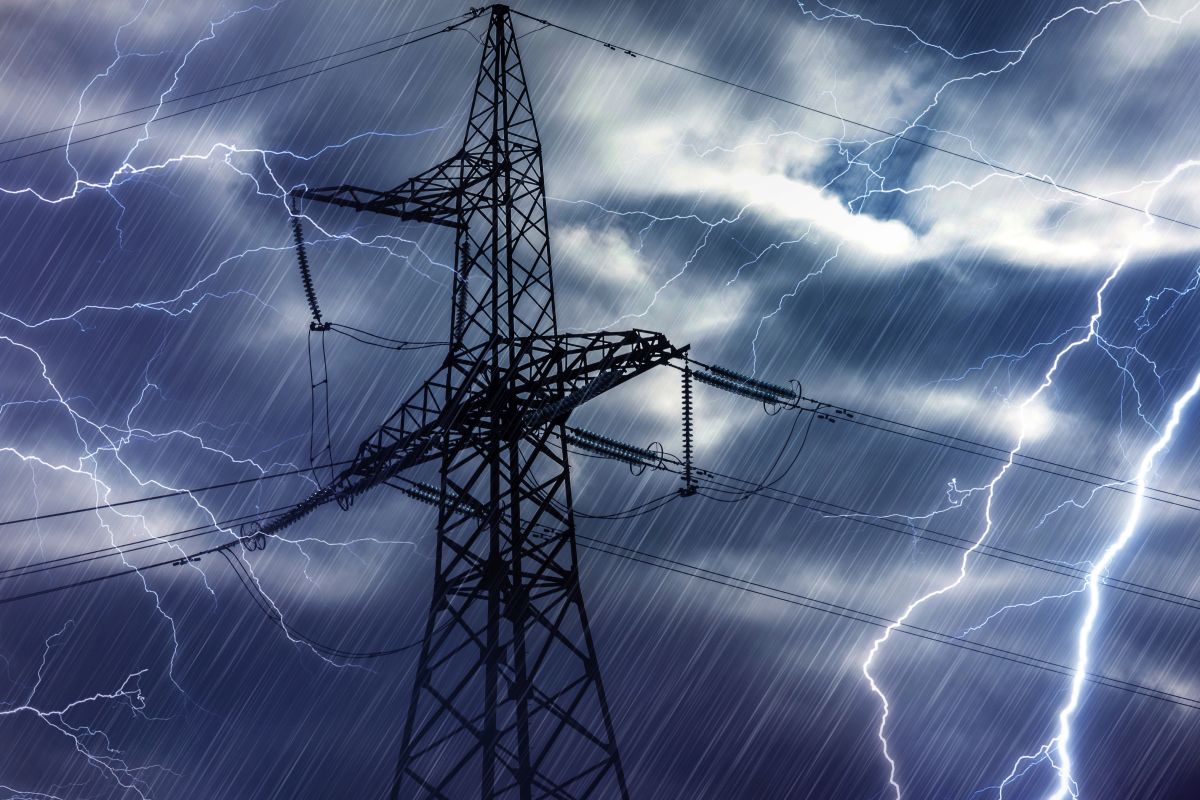The power industry operates within a tightly regulated framework. Electric utilities and generation facilities connected to the Bulk Electric System (BES) are subject to regulatory oversight by the North American Electric Reliability Corporation (NERC) as well as Regional Entities (RE). Utilities must undergo routine audits to ensure the continued reliability of the BES. However, a failed audit or overlooked requirement can result in steep financial penalties, mandatory mitigation plans, reputational damage, and operational interruptions. To stay compliant and minimize exposure, organizations must embed audit preparedness into their operational framework.
Here are ten effective strategies used by leading operators to manage regulatory audits with confidence and reduce the risk of enforcement actions.
1. Establish a Centralized Compliance Management System
Fragmented data is one of the leading causes of audit findings. A centralized platform helps unify compliance evidence, track task progress, and ensure secure documentation. Certrec’s Compliance Action Tracking System (CATS) was designed by regulatory experts with the compliance needs of the energy industry in mind. CATS simplifies regulatory compliance processes, allowing organizations to manage and track compliance activities efficiently, thereby saving time, eliminating stress, and reducing the risk of non-compliance.

2. Conduct Routine Mock Audits
Performing internal mock audits enables organizations to address issues before the official audit. Internal evaluations should include documentation reviews, readiness interviews, site walkdowns, and gap assessments against applicable reliability standards. Comprehensive preparation is critical to ensuring a smooth audit experience. By conducting a realistic mock audit, your entity can get a feel for the direction and lifecycle of the official audit. This requires that you stage real interviews, conduct question-and-answer sessions, and even go through an additional evidence request beyond the samples and evidence provided in the RSAWs. Certrec provides mock audits and compliance gap assessments, helping clients validate evidence and correct weaknesses long before official audit notification.
3. Identify the Standards and Requirements Included
Before you receive your audit package, it is always a good idea to read through the Compliance Monitoring and Enforcement Program Implementation Plan (CMEP) and the NERC website and to pay special attention to the NERC Electric Reliability Organization (ERO) areas of focus and most frequently violated standards. This will give some insight into the standards and requirements that the regions most likely will examine. Once you receive your company’s audit package, check the audited standards against the ERO enterprise CMEP for the year of your audit.
Next, review the inherent risk assessment (IRA) to find your entity’s potential areas of focus. Because the IRA is one input that helps the RE refine the scope of the audit, we suggest looking at the areas that pose the most risk to the bulk power system, according to your IRA.
Then, review any past compliance issues your asset has had. This includes previous self-reports, violations, and mitigation plans since your last audit.
4. Maintain an Up-to-Date Regulatory Library
Reliability standards change frequently—NERC updates enforcement statuses quarterly, and new versions of standards (e.g., CIP-013-2 or PRC-005-7) often require updated procedures. Organizations should monitor for new standards and ensure that updates are properly implemented. Certrec’s NERC Program Management services streamline your utility’s compliance efforts and ensure regulatory readiness with new standard requirements.
5. Implement Role-Based Training on Standard-Specific Controls
Training programs should go beyond general compliance awareness. For instance, engineers involved in relay testing should be trained on the technical requirements of PRC-005, while plant IT and cybersecurity professionals should understand the NERC CIP standards. Certrec offers tailored compliance training solutions to ensure team members are educated on the standards most relevant to their roles.
6. Develop and Provide the Types of Evidence that Auditors Want to See
Evidence must be timely, accurate, and easily retrievable. Policies and procedures will be the first set of evidence used. Your entity’s policies and procedures are the sets of documentation that help prove you have a system in place to meet compliance with the standards and requirements.
You want to provide evidence that you follow those processes and procedures. This evidence can consist of screenshots, reports, training records, and so on, which prove your entity is following those processes and is meeting the intent of the standards and requirements. A real-life example would be the reports from your investigation into the operation of protection systems for PRC-004, as well as the MIDAS submittals and missed operation reports.

7. Develop RSAW Narratives and Evidence Packages
Developing the narratives in the RSAW is one of the first steps to completing it. The narratives will explain how your entity complies with the standard and requirement(s) and how they are supported by the evidence referenced in the RSAW. The goal is to explain to the auditor the actions your entity takes to comply with the requirements and to guide them through the evidence that is provided. Make sure to guide the auditor(s) to the pieces of evidence you want them to review throughout your narrative. Do not expect them to understand your processes and how you comply with the standard if you simply list the evidence. Be very specific.
Be sure to describe all the tools that you use to meet compliance. Internal controls are extremely important, and the auditors want to know what they are and how they are used to comply with the standards.
8. Prepare for Any Non-compliance Findings
We hope you do not find any potential instances of noncompliance as you prepare, and we encourage you to use the self-report process if you do. This will need to be done prior to receipt of an audit notification letter in order to prevent the RE from including the self-report as an audit finding.
9. Track Prior Audit Findings and Mitigation Plans to Avoid Repeat Violations
Repeat violations are a red flag during audits. Organizations must maintain a repository of past audit findings, formal mitigation plans submitted via the NERC webCDMS, and closure evidence. Certrec assists clients in managing mitigation plan documentation and preparing evidence packages that clearly show resolution, minimizing follow-up scrutiny during the next audit cycle.
10. Leverage Expert Advisory and On-Demand Support
Complex audits and regulatory changes often require external expertise. Certrec’s audit support team includes former regulatory experts, engineers, and business personnel who assist with:
- Evidence and documentation
- RSAW completion and review
- Gap analysis
- Mock audits
- Training solutions
- Real-time audit support during engagements.
Conclusion
In a landscape where noncompliance can mean millions in penalties and reputation loss, audit readiness is not optional—it’s strategic. Embedding compliance into daily operations, leveraging technology like Certrec’s SaaS platform, and partnering with experts for audit preparation help ensure utilities stay aligned with evolving regulatory expectations. When facing a NERC audit, being proactive in your approach means fewer surprises and more control over outcomes.
With a cumulative 1,500+ years of working experience, Certrec has helped more than 200 generating facilities establish and maintain NERC Compliance Programs. We manage the entire NERC compliance program for 80+ registered entities in the US, Canada, and Mexico that trust us to decrease their regulatory and reputational risk.
Ready to take the stress out of your next audit? Contact Certrec for a readiness assessment today!
Disclaimer: Any opinions expressed in this blog do not necessarily reflect the opinions of Certrec. This content is meant for informational purposes only.












